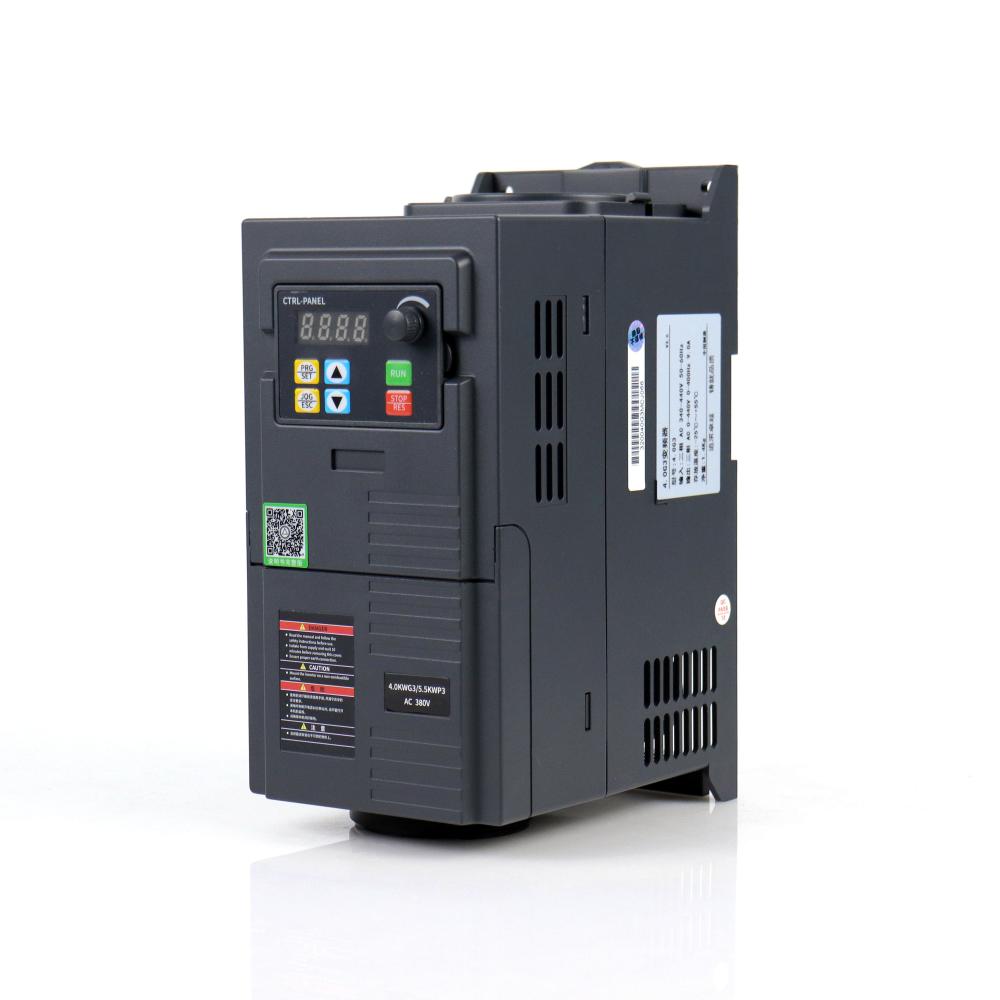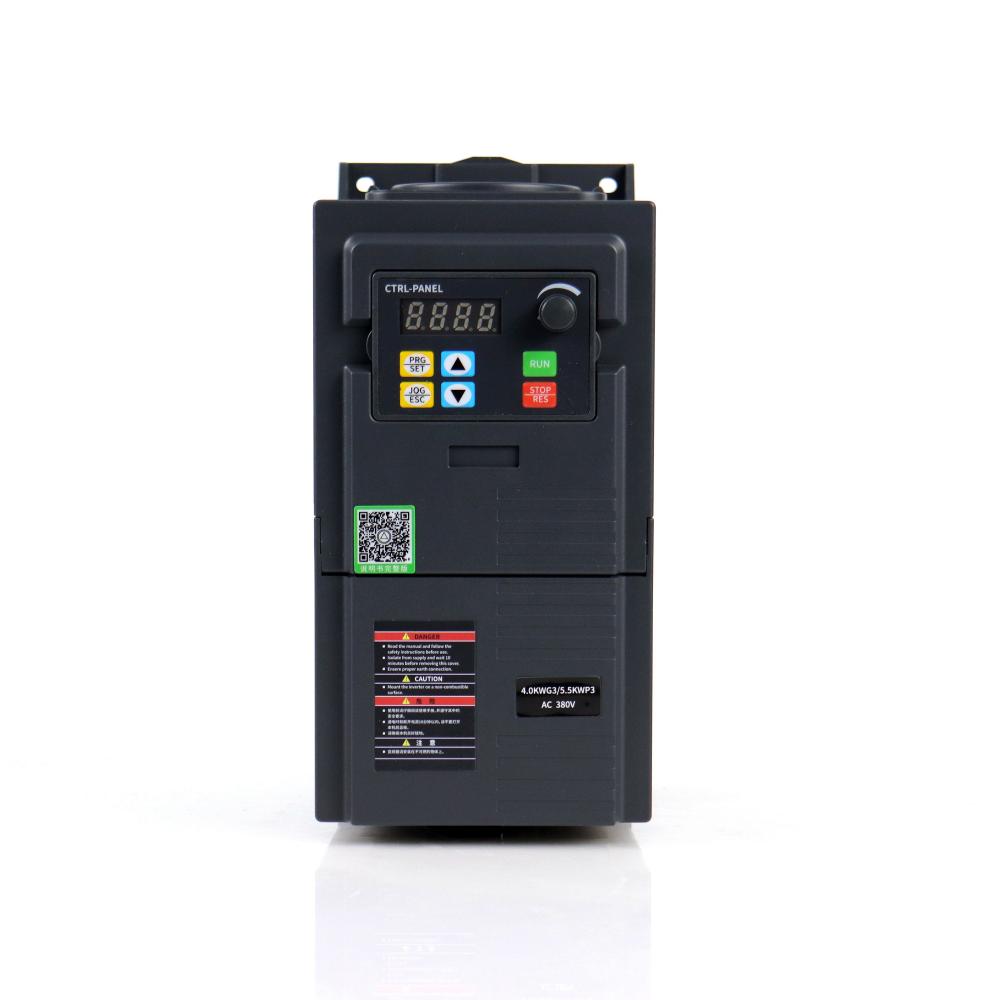This article will give you a brief introduction to the content of the IP SAN video solution. The following is the detailed content of the article. Interested readers may wish to take a look at this article, hoping to bring some benefits to readers.
This article refers to the address: http://
At present, the SAN architecture is divided into FC SAN and IP SAN. From the perspective of monitoring application requirements, IP SAN digital-analog combined with the application of video surveillance system, IP SAN is more suitable for monitoring applications in terms of performance, function and cost of ownership.
The rapid development of computer technology has led to the transformation of video surveillance from full analog to digital. In this transitional phase, many of the new digital surveillance features derived from digital surveillance instead of traditional technologies are becoming mainstream technologies.
Affected by the requirements of the clarity and storage time of the monitored images, the original digital monitoring DVR (DVR) gradually completed its historical mission and began to replace the monitoring system with DVS (Video Server) + IP SAN as the core.
The new generation of video surveillance systems is based on digital video compression, transmission, storage and playback applications, featuring intelligent and practical image analysis. Storage systems developed and designed for video surveillance are increasingly becoming critical devices that affect the overall performance of surveillance systems.
The storage system of the previous generation video solution mainly adopted the DAS architecture. The server directly connects to the external storage device through SCSI. The storage device is directly connected to the DVR to expand the storage capacity of the DVR. This architecture is a good solution for distributed storage, but it cannot provide cross-platform support. The server is connected, so the management cost is high.
When you need to expand and re-do RAID, you usually need to downtime, which will affect network services.
In the current mainstream video surveillance applications, the stored data is no longer a simple recording data, but a data source that monitors the resource usage department for analyzing the image. The application mode of the monitoring system determines that the storage system must be capable of supporting at the same time. Level of security, rich rights management capabilities, high data sharing, high performance for data reading and writing, and flexible scalability.
The storage system of the next-generation video surveillance solution is based on the SAN architecture, providing a stable data high-speed access platform that forms a large storage pool through centralized storage. It can realize functions such as centralized management, centralized storage, and centralized calling. It is the most suitable architecture for centralized storage in video surveillance systems.
At present, the SAN architecture is divided into FC SAN and IP SAN. From the perspective of monitoring application requirements, IP SAN is more suitable for monitoring applications in terms of performance, function and cost of ownership.
These keywords represent critical components and applications within the electrical and industrial sector. Here's how they can be classified:
-
Frequency Converter: A frequency converter is a device that converts the frequency of an alternating current (AC) to match the requirement of a particular electrical device or system. This allows equipment designed for specific frequency to operate in regions where the electrical supply has a different frequency. For example, a frequency converter can be used to allow a device designed for a 60Hz supply to operate in a region with a 50Hz supply.
-
Variable Frequency Drive (VFD): A VFD is a type of motor controller that drives an electric motor by varying the frequency and voltage of its power supply. VFDs have significant applications in industrial systems and machinery, where they allow for precise control of motor speed and torque, leading to increased efficiency and longevity of equipment.
-
Pumps, Fans, Conveyors: These are common applications of motors controlled by VFDs. The variable speed provided by the VFD allows these systems to operate more efficiently and adjust to the specific demands of their task. For instance, a pump's flow can be controlled more accurately, fans can be speed adjusted according to the cooling requirement, and conveyor speed can be precisely managed based on the production line's needs.
-
Phase Motor: A phase motor refers to the type of electric motor, which operates based on the phase of the power supply. The most common types are single-phase motors and three-phase motors. Single-phase motors are usually found in lower power applications like household appliances, while three-phase motors are used in higher power applications, often in industrial settings. These motors can be controlled using VFDs for enhanced performance and efficiency.
These components play significant roles in various industries and are essential for efficient operation in many modern systems. The use of VFDs and phase motors, in particular, has revolutionized the way we control and optimize industrial processes, leading to substantial improvements in energy efficiency and system longevity.


Frequency Converter,Variable Frequency Drive,Pumps Fans Conveyors,Phase Motor
WuXi Spread Electrical Co.,LTD , https://www.vfdspread.com